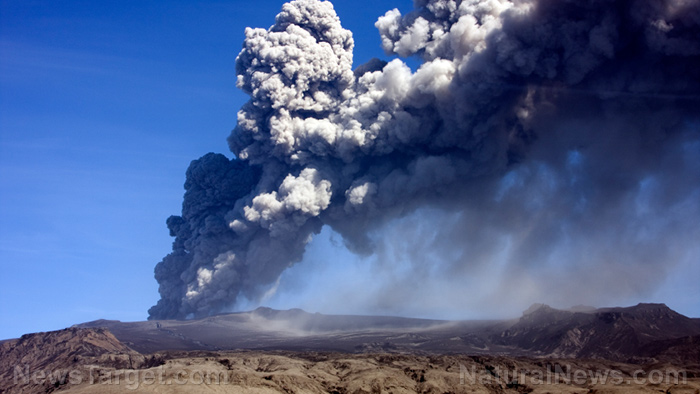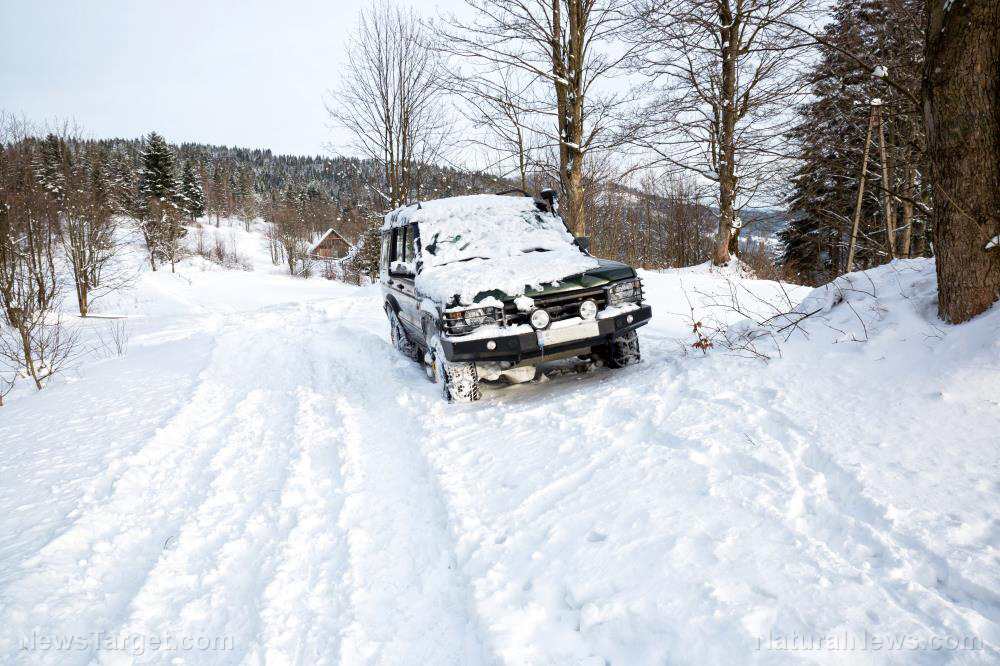Costa Rica volcano registers its most powerful eruption since the 1990s
07/01/2021 / By Divina Ramirez

Costa Rica’s Rincon de la Vieja volcano erupted on Monday, June 28, spewing a column of ash two kilometers (1.3 miles) above the crater. The eruption, which began at 5:42 a.m., is the volcano’s largest eruption in many months.
The volcano, situated in a national park some 200 km (124 miles) from the capital city of San Jose, spewed volcanic material into surrounding areas, possibly affecting nearby roads and bridges. That said, the powerful eruption caused no injuries or damage to properties.
Maarten de Moor, a volcano scientist at the Volcanological and Seismological Observatory of Costa Rica, (OVSICORI), said Monday’s eruption was “pretty energetic.”
Rincon de la Vieja erupts frequently but rarely with such force. In fact, it had around 1,400 eruptions in 2020. De Moor believes Monday’s eruption is the volcano’s largest one since the 1990s.
The National Commission for Risk Prevention and Emergency Management of the National Emergency Commission (CNE) said it already deployed a team to evaluate the situation. A CNE engineer was also deployed on Tuesday, June 29, to assess infrastructure potentially affected by the volcanic eruption.
The Municipal Emergency Committee also met with those living near the volcano to ask them not to approach the site.
Moreover, the National Animal Health Service (SENASA) and the Ministry of Agriculture and Livestock (MAG) said on Tuesday that they’ll conduct inspections to assess the eruption’s impact on agriculture.
The CNE, the OVSICORI and the National Seismological Network (RSN), will also continue monitoring Rincon de la Vieja in case of more eruptions in the near future.
Notable eruptions around the globe in 2021
Other countries and continents are also seeing many active volcanic eruptions recently. In Iceland, it’s already been three months since an effusive volcanic eruption began in the Geldingadalir valley at the Fagradalsfjall mountain on the Reykjanes peninsula. But experts say it could take years or even decades before it stops.
The eruption’s slow and steady lava flow could eventually form a shield volcano, which is known for its gentle slopes. The eruption has also piqued experts’ interests because the magma feeding it is coming from the Earth’s mantle. It’s been 7,000 years since such an eruption occurred on the Reykjanes peninsula.
Other notable volcanic activities this year include the eruptions of Italy’s Mt. Etna and Indonesia’s Mt. Merapi.
Mt. Etna, Europe’s tallest active volcano, has erupted frequently over the past 500,000 years. In February, the volcano belched smoke and ashes in a new eruption, but Italian authorities said it posed no real danger to surrounding villages. Experts said they’ve seen worse and that the eruption was not at all worrying.
Images that circulated online at the time showed a spectacular rose-colored plume of ashes above the volcano. The plume had largely dissipated by nightfall but the lava continued to glow.
Mt. Etna remained fairly active until June when it erupted again and spewed a fountain of lava twice. Balls of orange lava were seen shooting into the air. Volcano scientists recorded gas bubbles with strong explosions that could be heard up to 45 km away. But it’s unlikely that volcanic activities in Mt. Etna will stop soon. (Related: Banana plantations buried in ash in Ecuador as volcano erupts.)
Meanwhile, Mt. Merapi, Indonesia’s most volatile active volcano, erupted Friday, June 25. It released a plume of ash high into the air and sent streams of lava flowing down its slopes at least six times. The volcano continued to groan and rumble after the eruption.
No casualties were reported, but several villages and nearby towns ended up being covered in ash.
Follow Disaster.news for more stories about recent volcanic eruptions worldwide.
Sources include:
Tagged Under: 2021, ash plume, ashfall, Collapse, Costa Rica, disaster, environment, natural disaster, volcanic eruption, volcanoes
RECENT NEWS & ARTICLES
COPYRIGHT © 2017 ENVIRON NEWS





















